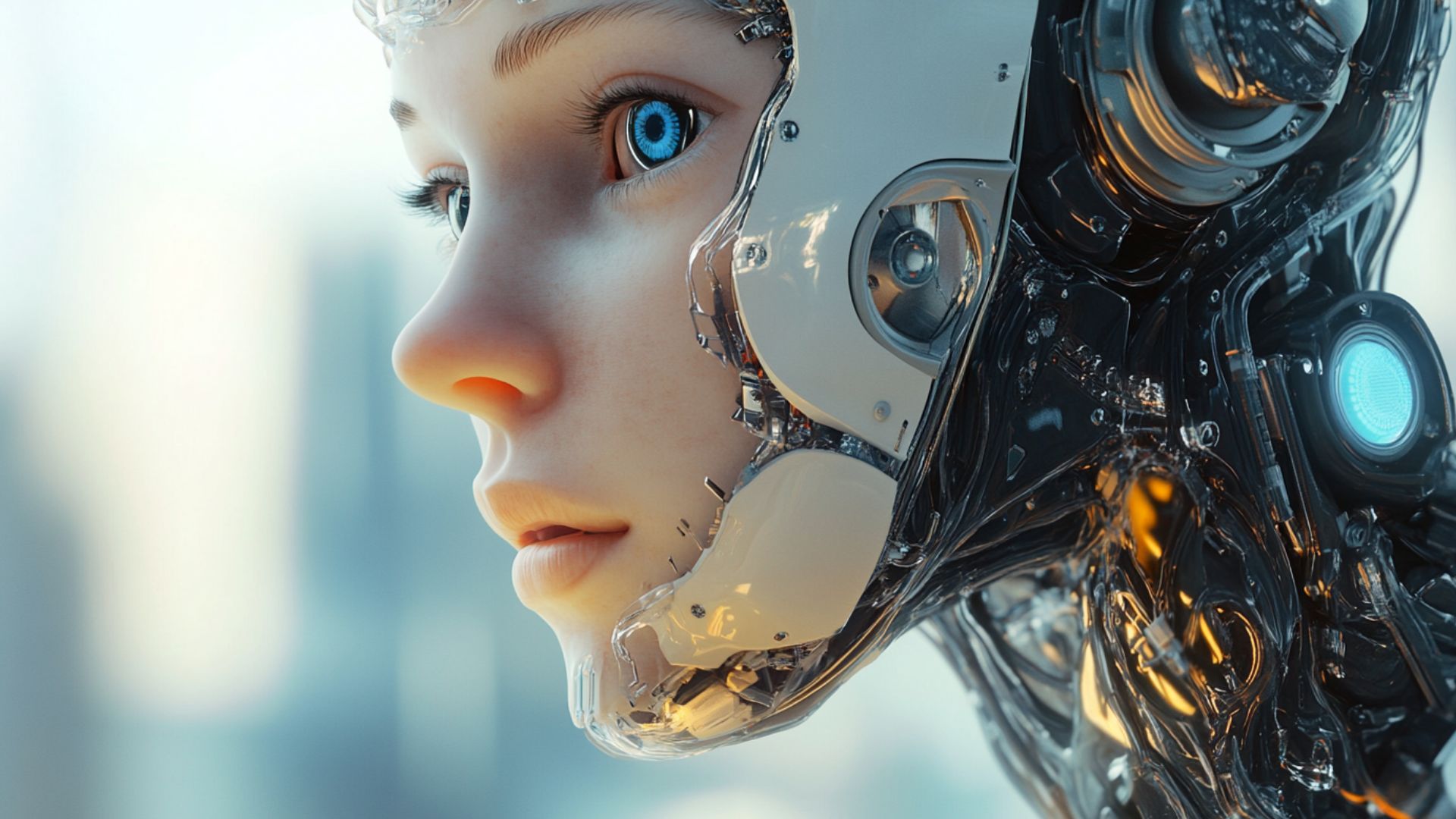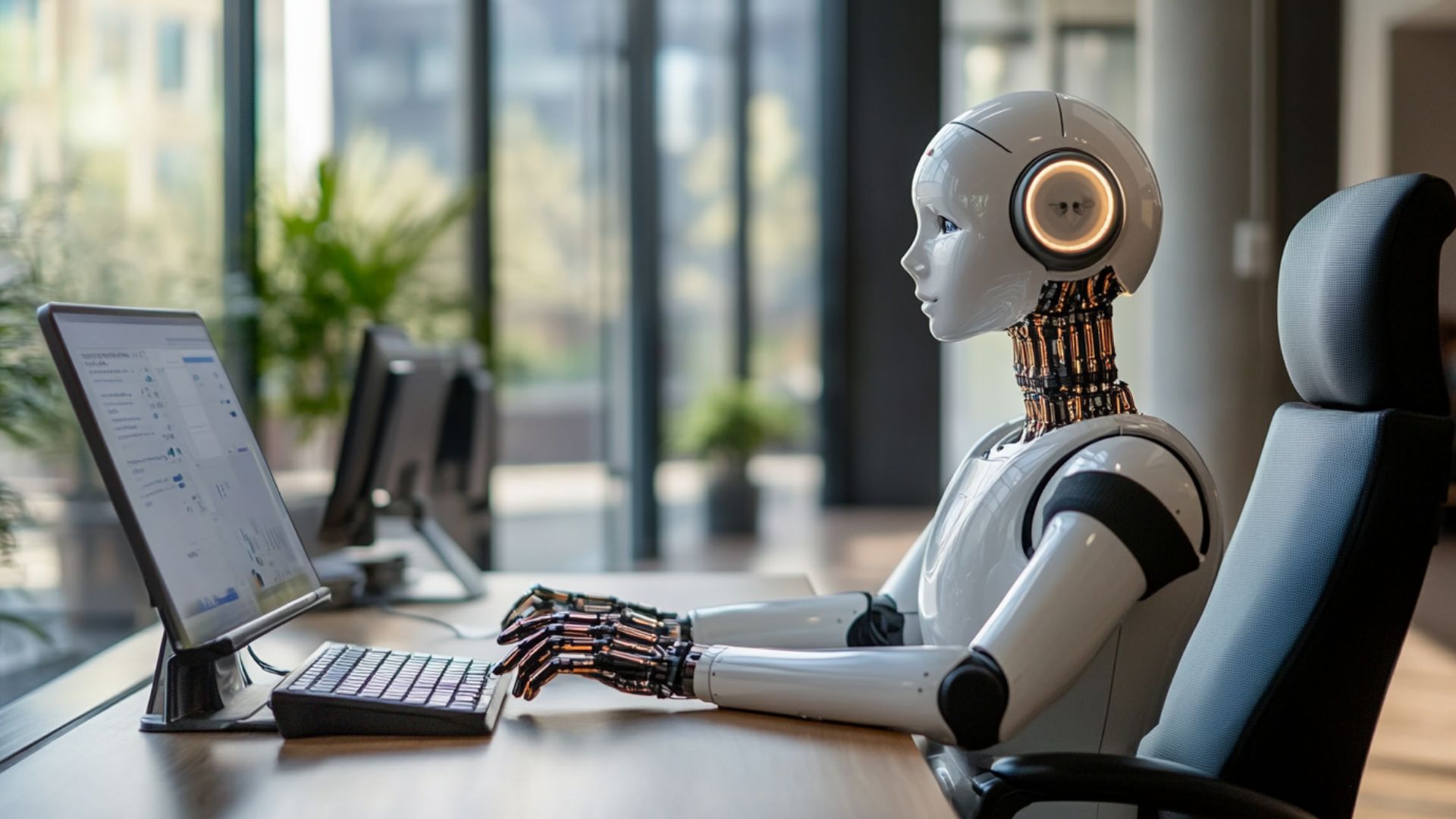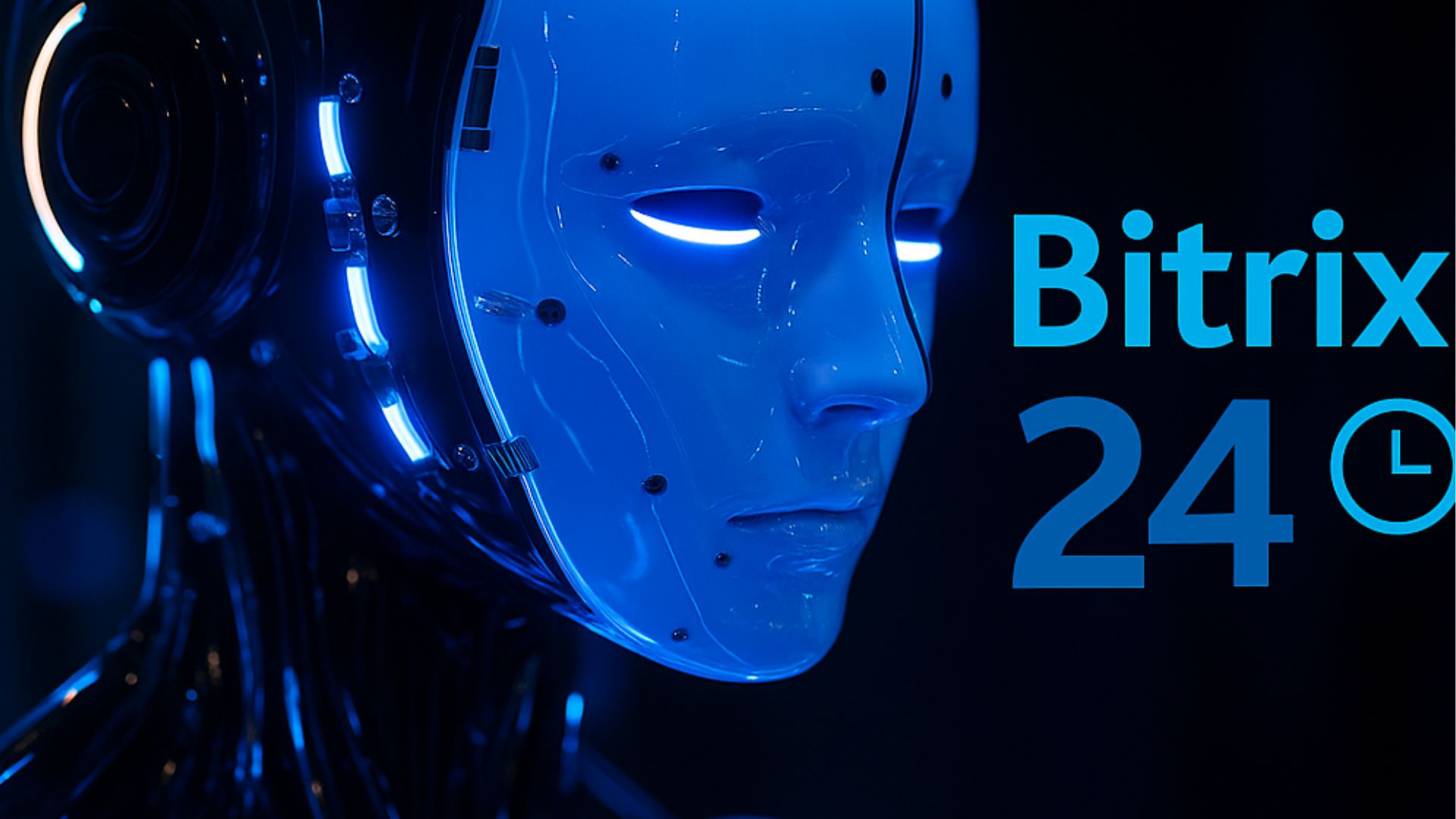How AI Image Generation Works: From Text to Stunning Visuals

The possibilities of AI technology are amazing and impressive. Now you can transform text into pictures in minutes. This process involves using AI models to generate visual images from scratch. Just a few minutes of waiting, and your query appears in front of you. You need to give a few lines of text to the image generator. An algorithm trained on an extensive set of images can create it in seconds. No brushes or cameras are used in the process. It happens by leveraging artificial intelligence (AI). Its rapid growth is reshaping multiple sectors. How does AI image generation work? We will explore this question and show you some helpful tips.
The technology saves time and sparks innovation. It empowers creators with limited technical skills. They range from generating art to prototyping products. AI image generation is a versatile tool, and its applications are expanding fast. Businesses and artists leverage it to bring ideas to life. This fusion of language and vision is revolutionizing creative and industrial processes.
What Is Image Generation AI and How Does It Work?
AI image creation is technology that makes visuals using AI tools. A generator produces photos or images from text prompts. It relies on large datasets and advanced machine learning. This technology powers creative and industrial applications. Here's how AI images are generated:
- Core Principles: AI image generation uses machine learning models. These models learn patterns from massive image datasets. They generate visuals based on the features they have learned. Text prompts guide the process.
- Large Datasets: AI trains on vast image collections. These datasets include photos, art, and graphics. The AI learns styles, textures, and objects. This enables realistic AI photo creation.
- Machine Learning Models: The most popular is GANs (Generative Adversarial Networks). It utilizes two networks: one generates images, and the other critiques them. Diffusion models refine random noise into clear, visually appealing photos.
- Text-to-Image Process: Users input text prompts, and AI interprets the description. It generates an AI image matching the prompt. For example, "sunset over mountains" creates a vivid scene.
- Applications: AI generators are used in art, marketing, and gaming. They create concept art, ads, or game assets. They save time and spark creativity.
What is image generation AI? It's AI creating photos or images using datasets and models. The most popular are GANs or diffusion. Through text prompts and learned patterns, images are generated. This technology is transforming creative industries.
From Text to Image – The Role of AI Models and Prompting
An open-source text-to-image AI generator transforms words into visuals. It uses natural language processing (NLP) and advanced AI models. DALL·E, Midjourney, and Stable Diffusion lead the field. Here's how they work:
| Tool | Key Feature | Open Source |
| DALL·E | High-quality and creative outputs | No |
| Midjourney | Artistic and stylized images | No |
| Stable Diffusion | Customizable and community-driven | No |
NLP interprets text prompts and extracts meaning from words like "vibrant sunset." AI models, like diffusion or generative adversarial networks, process this. They map semantic understanding to visual patterns. The model generates images pixel by pixel. Open-source options, such as Stable Diffusion, allow for customization.
Prompt quality matters. Clear, detailed prompts yield better results. For example, "a futuristic city at dusk" produces precise visuals. Vague prompts may lead to inconsistent outputs. Open-source text-to-image AI tools empower creators. They bridge language and vision. Users craft prompts, and AI delivers stunning visuals. These tools are revolutionizing the art, design, and media industries.
Training an AI Image Generator: Data and Process
AI generator training involves a complex set of steps to create reliable models. It uses vast datasets and advanced techniques. Here's how it works:
- Supervised Learning: Models use supervised learning. They analyze labeled images to identify patterns. These models identify shapes, colors, and textures. This builds a foundation for generating visuals.
- Collecting Labeled Datasets: AI image generator training starts with data. Large datasets of labeled images are collected. These include photos, art, or graphics. Labels describe content, like "cat" or "sunset." Quality datasets ensure accurate outputs.
- Fine-Tuning on Style or Subject: Models are fine-tuned for specific tasks. Training on art styles or subjects refines outputs. For instance, a model trained on landscapes creates better nature images. Fine-tuning enhances precision.
- Ethical Considerations: Ethical use of this technology is critical. Datasets must be free from bias and harmful content. Consent for using images is essential, and transparent sourcing prevents copyright issues. Ethical training ensures fair and safe outcomes.
AI image generator training relies on labeled datasets and supervised learning. Fine-tuning and ethical data practices are vital. These steps enable models to create stunning, relevant visuals from text prompts.
Types of Artificial Intelligence Used in Image Generation

AI models power image generation, creating a diverse range of visuals. The main kinds are GANs, diffusion models, and transformers. Each AI model has unique strengths. They produce various types of artificial intelligence-generated images. The most common styles are photorealistic, abstract, and sketch-like. Here's a breakdown:
- GANs: GANs use a generator and a discriminator model. The generator creates images, and the discriminator critiques them. They compete to improve quality. GANs excel at photorealistic images. They're fast but can struggle with stability. Output: types of AI images, like lifelike portraits or landscapes.
- Diffusion Models: They refine random noise into clear images. They iteratively denoise data based on text prompts. These models produce high-quality and detailed visuals. They're slower than GANs but more stable. Output: types of AI images, like photorealistic scenes or detailed illustrations.
- Transformers: They process text and image data together. They use attention mechanisms to focus on key details. They're ideal for text-to-image tasks. Transformers handle complex prompts well, but require significant computational resources. Output: types of AI images, like abstract art or stylized graphics. GANs are fast, photorealistic, and less stable. Diffusion models are high-quality, stable, and slower. Transformers are versatile, prompt-driven, and resource-intensive.
Types of artificial intelligence images vary by model. GANs create photorealistic portraits or objects. Diffusion models excel in detailed and realistic scenes. Transformers produce abstract or stylized images, like sketches or surreal art. Each model suits different creative needs. GANs, diffusion models, and transformers drive image generation. Their strengths shape the types of AI images produced. From photorealistic to abstract, these models fuel creativity across art, gaming, and marketing.
Open Source and Accessible Platforms for Image Generation
AI generator platforms offer flexibility and accessibility for creators. Stable Diffusion, DeepAI, and Artbreeder lead the way. These platforms empower businesses and developers to create visually appealing content. They do this by using AI to train the image generator on custom datasets. Here's how they shine:
- Stable Diffusion: This is a top open-source text-to-image AI generator. It uses diffusion models to create photorealistic images. Developers can run it locally with GPUs. Its open-source nature allows extensive customization. Community support on GitHub drives continuous improvements. Businesses use it for marketing visuals and prototypes.
- DeepAI: It offers a versatile, open-source text-to-image AI generator. It supports text prompts for diverse styles, like 3D or digital art. Its lightweight design suits various systems. Developers can adjust settings to create unique outputs. Community forums provide setup guidance. It's ideal for creative projects and product visualizations.
- Artbreeder: It combines images to create unique pieces of art. What are AI images? They are visuals generated by AI and blending user inputs into creative outputs. This platform fosters collaboration through its intuitive interface. Users can easily remix images to craft bespoke designs. It supports offline use with downloadable models, enhancing accessibility. Artists and businesses leverage Artbreeder to create character designs or landscapes. Community-driven content fuels innovation. They enable the creation of customized visuals for marketing, gaming, and more.
- Flexibility: These platforms allow AI to train the image generator on custom datasets. Businesses tailor models to specific needs, such as branded visuals. Developers adjust parameters for style or resolution. Open-source code ensures transparency and adaptability.
- Community Support: Open-source communities enhance these tools. GitHub repositories offer updates and tutorials. Forums like HuggingFace provide shared models. This support accelerates development and troubleshooting.
Stable Diffusion, DeepAI, and Artbreeder tools empower creativity. They offer flexibility and strong community support. Businesses can use AI to train the image generator on custom datasets to create unique visuals. These platforms drive innovation in marketing and gaming.
Real-World Applications and the Future of AI Images
An AI image is created by AI trained on vast datasets to produce visuals. AI image generator training uses GANs or diffusion models. These technologies craft realistic outputs. Today, AI-generated images transform industries. The future holds exciting advancements. Here are some future AI image generator training:
- Marketing & Advertising: AI images create eye-catching ads and tailor visuals to a brand's style. Campaigns save time and costs.
- Game and Product Design: Game developers use AI for character and world assets. Product designers prototype with AI photos and speed up innovation.
- Education & Training Content: AI generates visuals for e-learning. Image generator training creates diagrams or simulations. It enhances engagement and understanding.
- The Future of AI Images: Video Generation is the next step in the revolution. Real-time visuals will enable instant content creation. Personalized image generation will deliver user-specific pictures. These advancements will reshape media and design.
What is an AI photo? It's a game-changer in marketing, gaming, and education. AI image generator training drives innovation. Responsible use is crucial for addressing ethical concerns to ensure AI's positive impact. These technologies continue to evolve rapidly.


